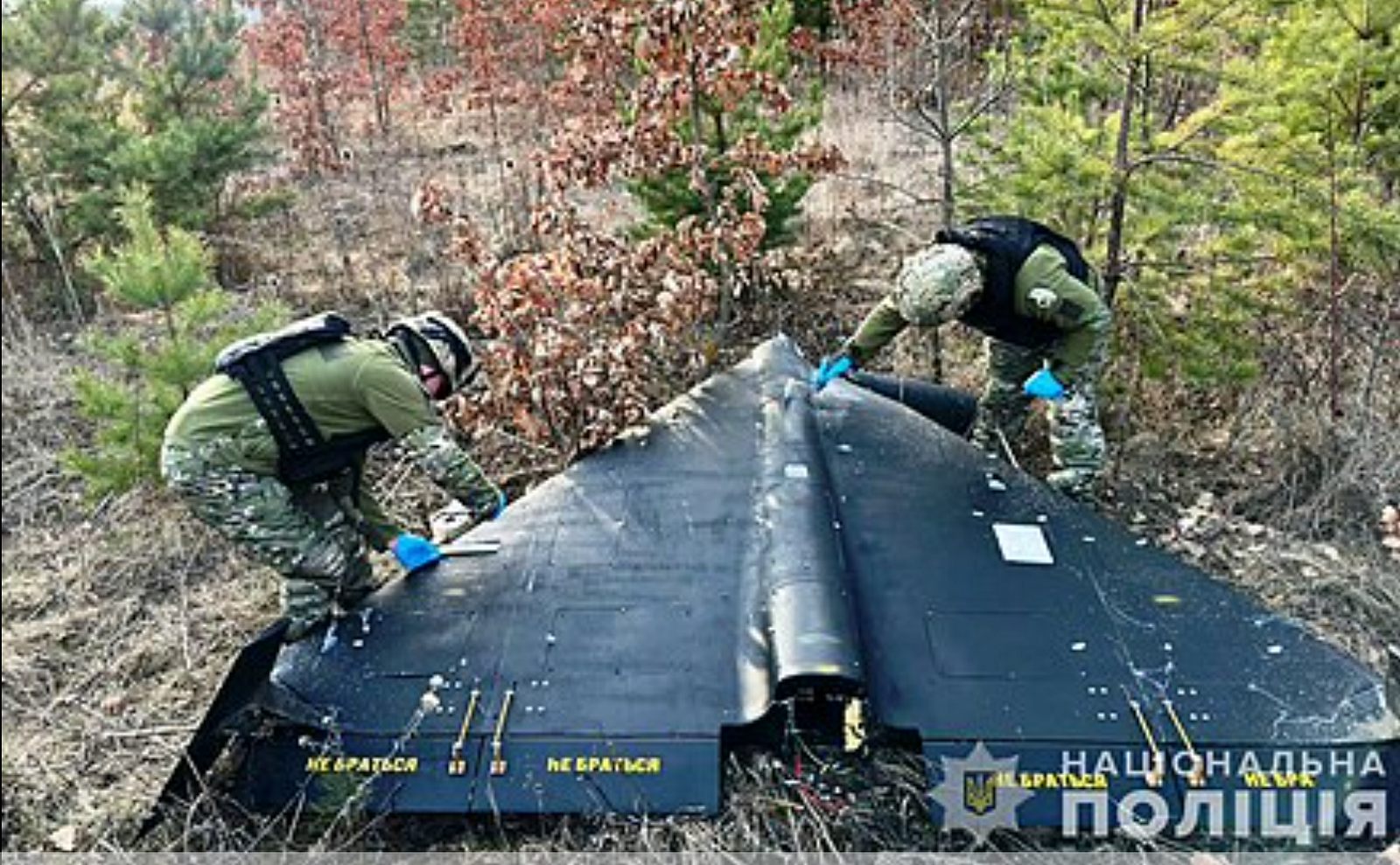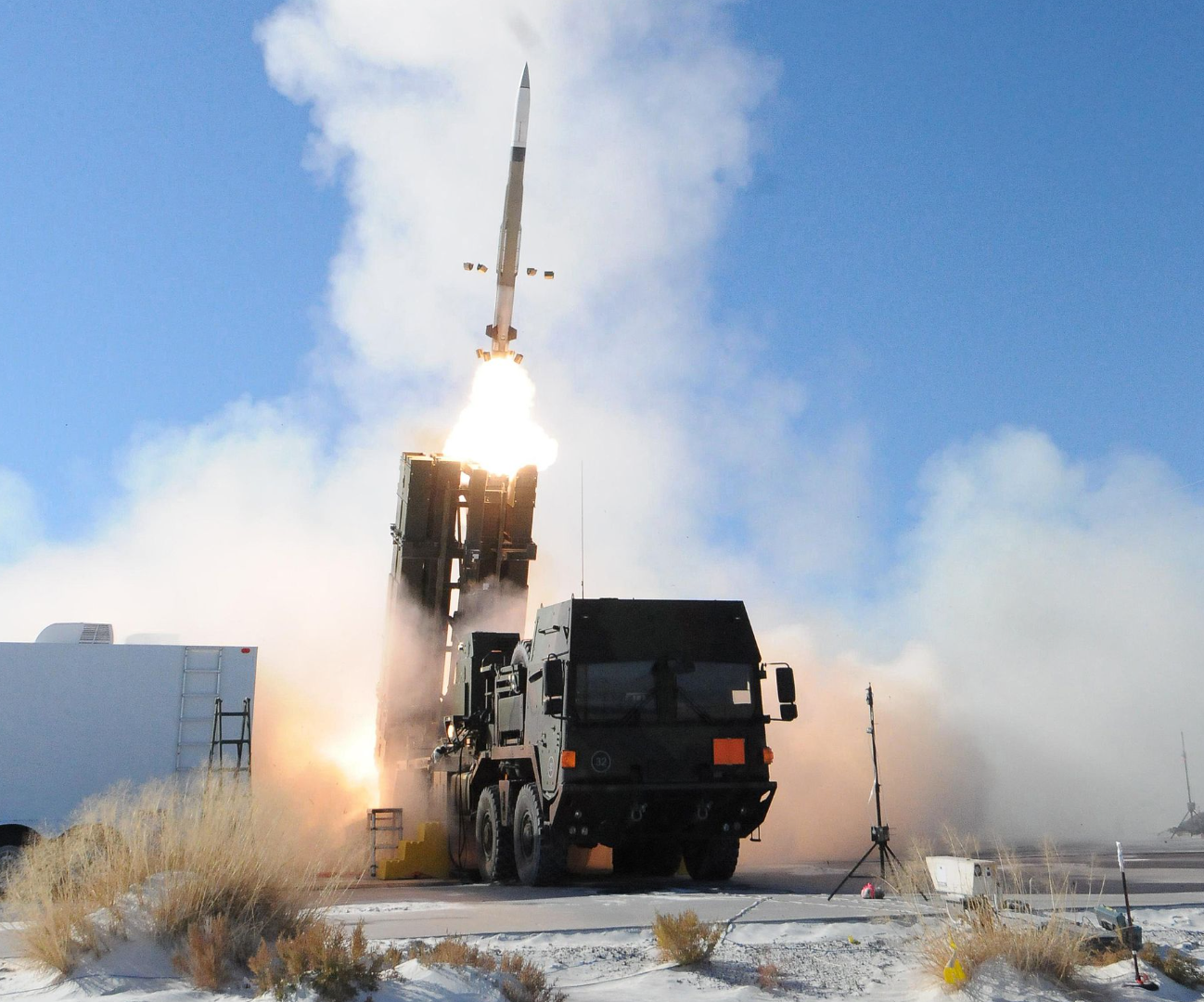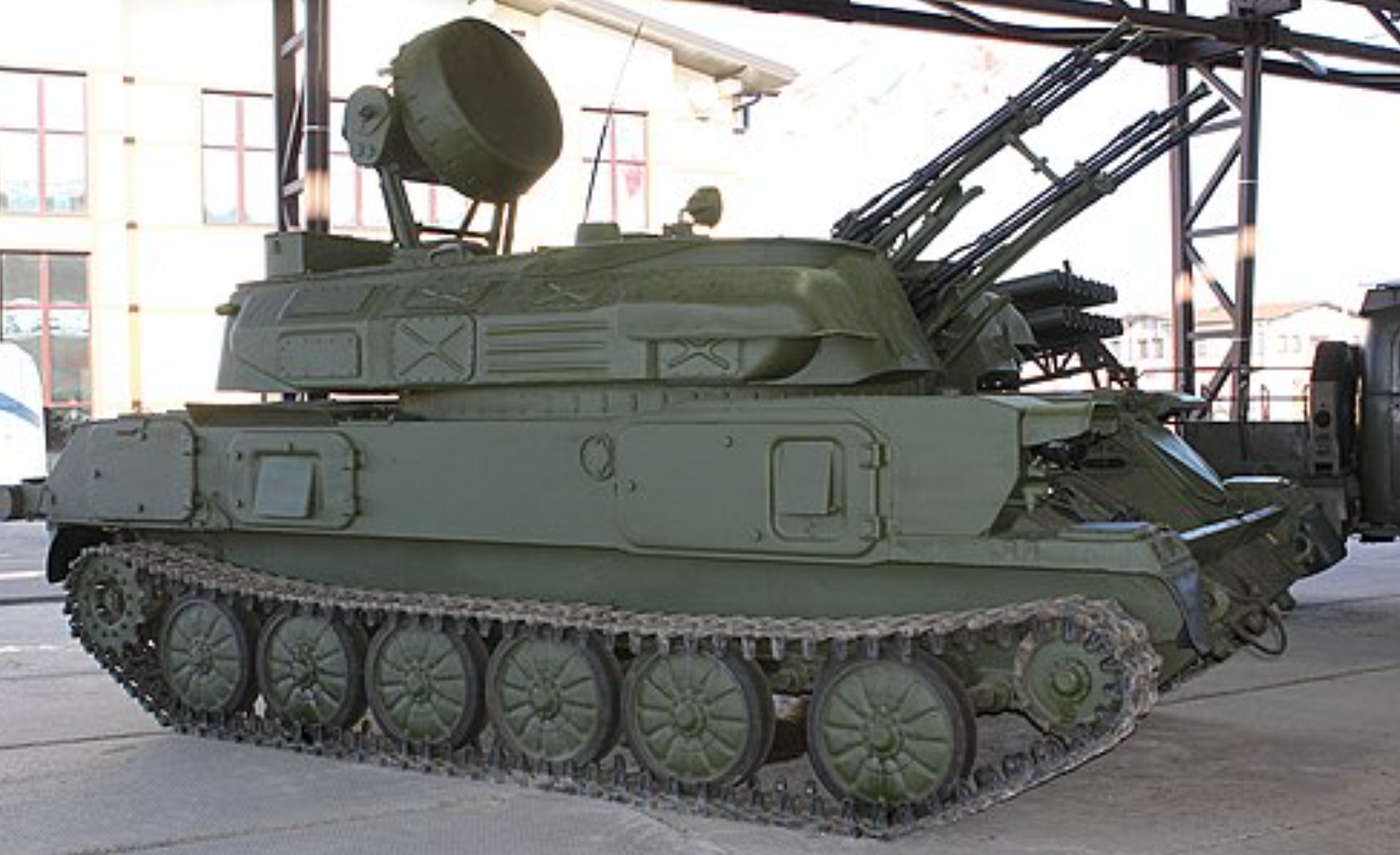Everything Old Is New Again: Hunting Drones In Ukraine
If you aren’t a medium member, you can read with no paywall via substack
As the full-scale invasion continues in Ukraine, we’ve seen much in the way of evolutions from both sides. The Russians have continued to press aviation-based tactics including the usage of large glide bombs along the front line.
The Ukrainians have leant into modern drone technology, using drones of all sorts for reconnaissance, attack and even suicide roles. These attacks aren’t just limited to the front line either, as in the past week Ukraine attacked the Russian TU-223 strategic bomber fleet at Olenya, around 1800km from the front line.
While evolution has been a key part of holding the line and maintaining somewhat of an edge, one issue that Ukraine has faced recently has been how to deal with the masses of cheap, Shahed UAVs in its airspace. Costing around $5,000 USD per machine, Shahed’s have been used to help supplement Russia’s dwindling supplies of cruise missiles.  Shahed-136 was supplied by Iran, as a cheap top-up to Russian cruise missiles. Source: Wikipedia
Shahed-136 was supplied by Iran, as a cheap top-up to Russian cruise missiles. Source: Wikipedia
This means that rather than relying on expensive patriot intercepters that cost millions per shot, other options would need to be developed and used to swing the financial pendulum back toward the Ukrainians. In today’s article, we’ll take a look at some of the ingenious ways the Ukrainian military has attacked some of these problems using modern solutions.
Tracking Without Radar
Right from the start one of the issues faced by Ukraine was the size of the country compared with available air defense systems that could be used. While aid packages have provided additional patriot systems from allies there’s also been much work undertaken in turning old air-to-air missile stocks into reloads for surface-to-air missile systems (SAMs), leading to the Frankensam-style systems that were seen in 2023.
The limiting factor with the Patriot systems though was radar assets and the reality is that while air defense systems remain scarce, these systems must be protected wherever possible. It also means that often, radar and missile batteries will be used to protect military assets, leaving less availability to cover cities and sections of the front line. Essentially, this means that to track drones effectively, another solution was desperately needed. The vastness of Ukraine has made it difficult to achieve total air coverage via the use of patriot systems. Source: Wikipedia.
The vastness of Ukraine has made it difficult to achieve total air coverage via the use of patriot systems. Source: Wikipedia.
In the early days of Radar in World War 2, the British civil defence maintained listening posts and early warning stations. The job of these stations was to identify incoming enemy aircraft and sound the alarm so that the RAF could vector fighters into the battle to deal with them. While radar was around at this point via the Chain-Home systems, other methods were also used to help supplement information.
One of these systems was an acoustic-based system. Essentially a giant concrete ear with a microphone installed, the acoustic-based warning system was able to provide up to 15 minutes warning of inbound enemy aircraft.  The concept of an acoustic ear is not new technology. Source: Wikipedia
The concept of an acoustic ear is not new technology. Source: Wikipedia
Despite this system being used in the very early 1940s, we see everything old becoming new again as Ukraine has implemented a similar system, albeit designed for the modern age.
Using old smartphone systems that are elevated and networked, a home-designed acoustic drone tracking system has been developed. With a quick and easy design and the ability to leverage old or unused hardware, this system is able to track Shahed-type drones via their noisy engines countrywide.
With a sensor cost of around $ 600 USD installed, the drone defence system integrates with the Ukrainian air defence network and provides a node-based system for tracking drones during attacks. This means that should one, or even several nodes end up being lost, that other nodes within the network remain available, keeping the system alive.
While the details on how the information is collated and disseminated, aren’t yet openly available due to Op-Sec, it’s reasonable to assume that like other Ukrainian systems of a similar nature, it’s probably based on an app for easy distribution to the defenders.
By all reports, the system appears to be working well at the moment. So well in fact, that even the United States appears to be looking at the system and seeing what benefits it might add to their own drone detection options.
Shilka’s, AAA & Ye Old Maxim
Once we’ve used the acoustic network and managed to ascertain a consistent track on our Shahed-based systems, we’ll then need to find a system that can take them out cheaply and effectively.
While the patriot system can make pretty short work of most of these designs, the problem is that financially the equation becomes more than a bit disproportionate. With even the older PAC-2-based interceptors costing millions to procure, using them en mass to take out cheap suicide drones simply isn’t viable for the long term. So, other solutions were needed.  Even the PAC-2 Patriot costs millions per shot. Source: Wikipedia
Even the PAC-2 Patriot costs millions per shot. Source: Wikipedia
While there’s been experimentation with interceptor drones and other methods to help assist with this problem, the reality is that one of the cheapest ways to deal with this is by using anti-aircraft artillery systems (AAA for short).
And, concerning this, Ukraine was in luck. Not only were they provided with modern AAA systems like the Gepard via aid packages, but they also had large stockpiles of soviet era AAA systems and ammunition. This ranged from older light machine guns right through to heavy calibre self-propelled autocannons like the ZSU-23–4 Shilka (Шилка). Modernized SZU-23–4 and 56–2 systems have also been pressed into service. Source: Wikipedia
Modernized SZU-23–4 and 56–2 systems have also been pressed into service. Source: Wikipedia
Some of these Shilka systems had been modernized, featuring additional Short Range Air-Defense (SHORAD) systems on the turret as well as an improved radar, laser rangefinder system and increased ammunition capacity, making them good candidates for integration into the drone defence network.
One of the most interesting systems seen though, isn’t an autocannon and it isn’t self-propelled. It’s also seen many battles, despite being an elderly system and today in Ukraine it’s been modernized to take out enemy drones.
As you can see from the embedded tweet above, Ukrainian Territorial Defence forces have been using the WW1 era maxim machine gun to great effect during air raids. Many of these systems have been modernized, with red-dot sights, twin mounts and spotlights for working at night. Praised for its high rate of fire and ability to sustain long bursts due to its water-cooled design over 30,000 maxims have been taken from storage and pressed into service, some being used as drone defence systems and others ending up back on the front line. Like we said in the title, sometimes everything old is new again.
Final Words
From an analyst's perspective, we’ve seen a lot in the way of modern technological adaptations that have helped leverage an advantage on the battlefield. The ability of cheap FPV Drones to deny the enemy of tanks and armoured vehicles and provide precision targeting during attacks was a literal game changer in the early stages of the conflict, providing Ukraine with a distinct advantage. We would eventually see this reflected in the loss numbers, with thousands of tanks destroyed by FPV systems costing for the most part, less than $1000 US.
To counter this, evolutions in drone defence and electronic warfare became quite rapid, and today there are many handheld systems designed to give man-portable, drone defence options. We’ve also seen the evolution of “hunter” drones that use electronic warfare and RF geolocation systems to help identify the location of enemy drone pilots. Because of this, leveraging the electromagnetic spectrum has been a huge part of the modern conflict.
While large sections of the physical front lines might well be “frozen”, with small amounts of territory changing hand day to day, the reality is that just like the war in cyberspace, the war for the radio spectrum is only just getting started.
Medium has recently made some algorithm changes to improve the discoverability of articles like this one. These changes are designed to ensure that high-quality content reaches a wider audience, and your engagement plays a crucial role in making that happen.
If you found this article insightful, informative, or entertaining, we kindly encourage you to show your support. Clapping for this article not only lets the author know that their work is appreciated but also helps boost its visibility to others who might benefit from it.
🌟 Enjoyed this article? Support our work and join the community! 🌟
💙 Support me on Ko-fi: Investigator515
📢 Join our OSINT Telegram channel for exclusive updates or
📢 Follow our crypto Telegram for the latest giveaways
🐦 Follow us on Twitter and
🟦 We’re now on Bluesky!
🔗 Articles we think you’ll like:
- What The Tech?! Rocket Engines
- OSINT Investigators Guide to Self Care & Resilience
✉️ Want more content like this? Sign up for email updates
















































